 Latex model Natália: It turns me on to be a live f*ck doll. I can turn into a completely different person
Latex model Natália: It turns me on to be a live f*ck doll. I can turn into a completely different person
Latex model Natália: It turns me on to be a live f*ck doll. I can turn into a completely different person
Latex model Natália: It turns me on to be a live f*ck doll. I can turn into a completely different person
Desperate Vintners Spray Sunscreen On Grapes, Arabica Coffee Is Dying Out. These Crops May Not Survive The Climate Crisis
Is it realistic that in a few decades some foods will not be available at all? Will coffee become the drink of the chosen ones? What fate awaits wine producers who already had to move to colder regions? We looked at these burning questions with the expert
If problems persis, please contact administrator.
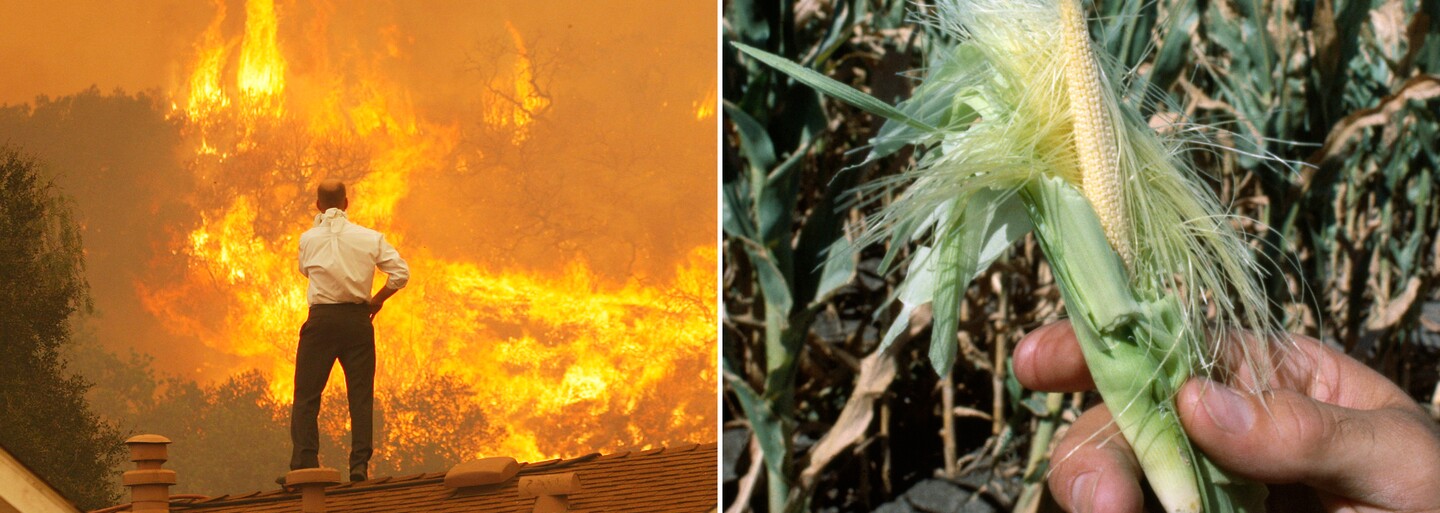
If it warms significantly more than eight degrees by 2100, man will lose his ability to adapt, which will threaten life on earth itself. This is one of the most pessimistic scenarios of the Intergovernmental Panel on Climate Change (ICPP), a UN scientific body.
Rising temperatures, extreme droughts and natural disasters caused by the climate crisis are already affecting crop production, exacerbating the food crisis. Is it realistic that in a few decades some foods will not be available at all? Will coffee become the drink of the chosen ones? What fate awaits wine producers who already had to move to colder regions?
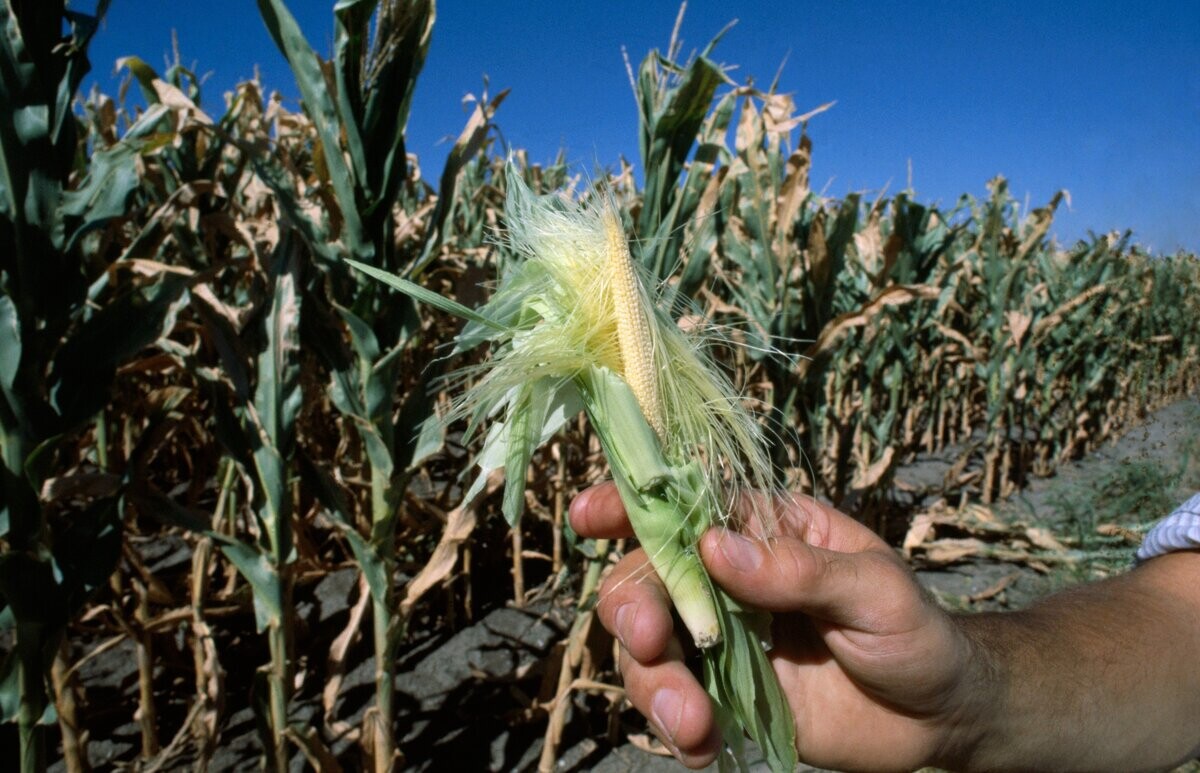
Although a plantation in South America may seem too far away, due to the interconnectedness of the global food system, what impacts one country can quickly be felt on the other side of the globe.
We looked into out how our favourite foods are doing and how the hellish conditions on the planet will change our diet with Zita Izakovičová and Jana Holéciová from the Slovak Chamber of Agriculture and Food Industry.
Less corn, more bread?
Practically all crops are currently threatened by extreme drought. Basic crops such as corn, sugar beet and soy are directly dependent on regular rainfall. If the water for irrigation runs out during a drought, these crops will suffer and there will naturally be fewer of them.
The production of corn, sunflowers and soybeans in the European Union fell by up to nine percent over the past year, which is well below the annual average.
If you thought movie theater popcorn couldn't get any more expensive, it apparently can. According to a NASA study last year, climate change could seriously affect global corn production as early as 2030. Using advanced computer modelling, NASA scientists found that if global warming continues at its current rate, corn yields will drop by almost a quarter.
Not everything is doomed. Wheat, the second most important crop grown for human consumption (rice is number one), appears to improve and is up 17 percent. Unfortunately, increasing levels of carbon dioxide in the soil can reduce its nutritional value. Rising temperatures and precipitation are increasingly degrading the soil and depriving it of nutrients, says the ICPP report.
Zita Izakovičová from Slovak Academy of Science says that crops with a well-developed root system that can efficiently draw water from the soil have an advantage. More resistant plants include, for example, rye, hybrid cereals, buckwheat, some varieties of barley and root vegetables.
An uncertain fate of coffee drinkers
The entire coffee production is currently based on two varieties – higher quality Arabica, which has sweeter, fruitier tones, and robusta, which is more resistant, but has a bitter, earthy taste.
Arabica, which makes up approximately 65 to 70 percent of the world's coffee production, has literally been fighting for survival in recent years - in 2018, the International Union for Conservation of Nature and Natural Resources put it on the red list of endangered crops. What does this mean for coffee drinkers who cannot imagine the morning without their favorite espresso?
Scientists in this year's study on the climate crisis estimate that by 2050, up to half of the areas where Arabica is grown will be unsuitable for growing it. This applies mainly to Brazil (the world's largest coffee producer), Colombia and Indonesia.
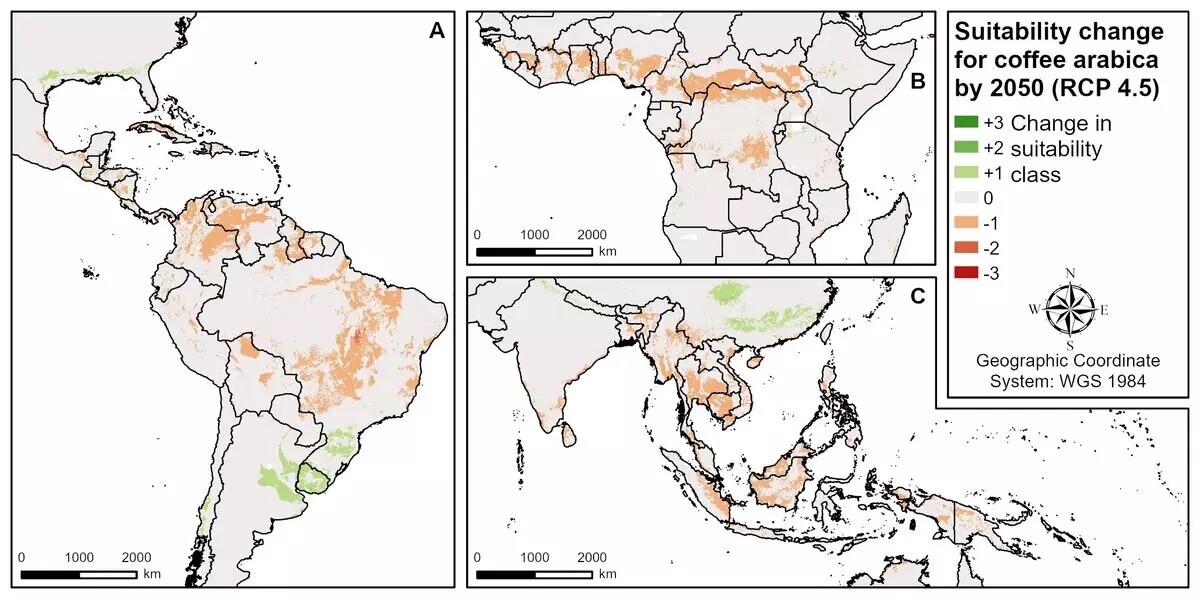
According to experts, coffee prices will therefore rise globally. They are already at historic highs. According to the World Bank, both arabica and robusta prices increased by around 20 percent at the end of 2021, a 70 percent increase compared to the previous year.
Arabica, which grows at an altitude of up to 2,000 meters above sea level, reacts extremely sensitively to changes in the weather - when it is too hot and dry, the coffee ripens too quickly and loses quality. On the other hand, very humid and windy weather also destroys it. In the wild, it is also threatened by deforestation, pests and diseases.
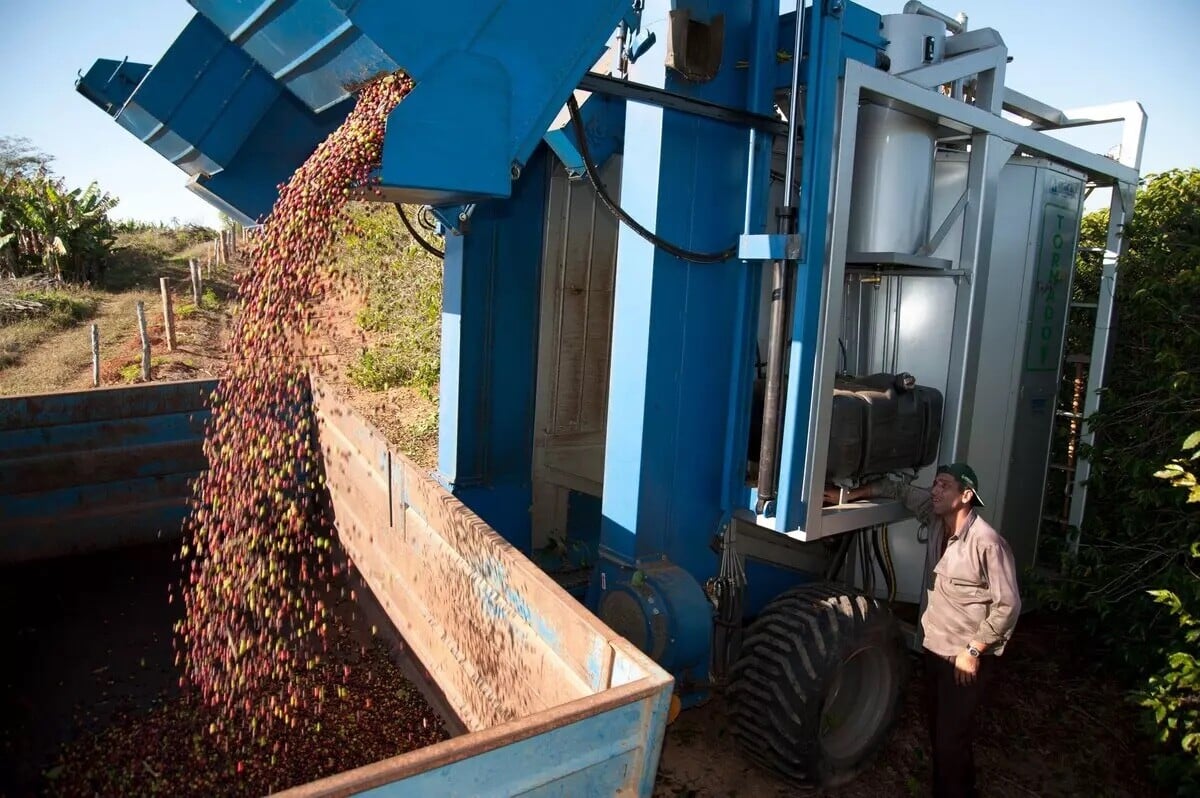
Arabica's main enemy is "coffee rust", which has destroyed the crop of about 70 percent of farms in Central and South America over the past decade. Together with the climate crisis, it forms a vicious circle - this pathogen absolutely adores the combination of unpredictable precipitation and rising temperatures. Currently, it "haunts" every country where coffee is grown.
Crossbreeding coffee plants can solve this. Scientists are already developing hybrids that could lead to completely new varieties of the coffee plant. The wider the genetic diversity of the hybrids, the slower the spread of disease.
Wine-lovers will not be spared
If at this stage of the article you feel like "drinking away" the climate anxiety with wine, we don't have the best news for you. Grapes are particularly sensitive to temperature fluctuations. Studies say that if the temperature on the planet rises by two degrees Celsius, we could lose more than half of the wine-growing areas.
A warming of four degrees Celsius could mean that up to 85 percent of wine regions will no longer be able to produce the kind of wine we know today. Last year, the French wine industry recorded its historically lowest harvest since the 1950s.
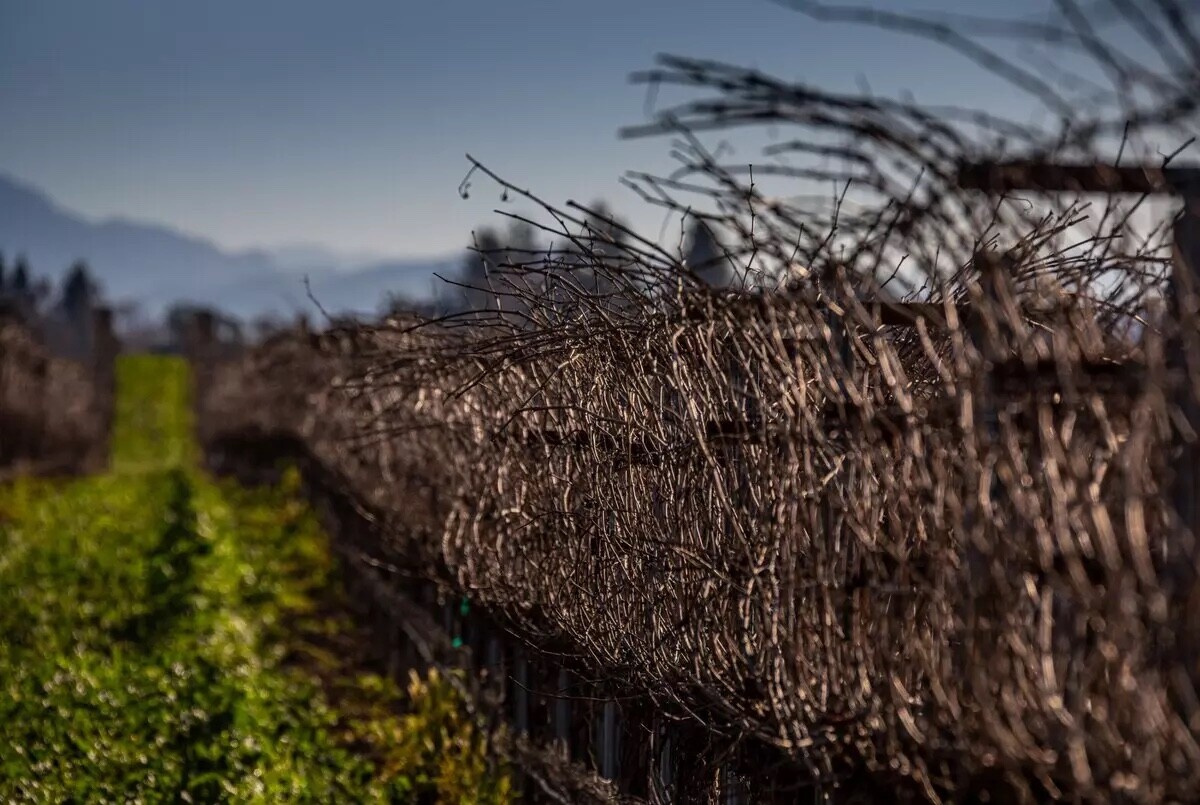
However, it is likely that the popular vineyards will not disappear completely, they will just switch to a different grape variety. Softer wines with a light body and fruity notes generally do better in cooler regions. Wines with higher alcohol content, lower acidity and fuller body are grown in hotter climates. It is therefore possible that with increasingly drier and warmer summers, heavier wines will start to predominate, and your favorite wine will probably taste different in a few decades.
So wine producers will have to learn to grow new varieties or leave. Some are already moving to colder regions so that their wine does not lose its unique flavor profile.
Since the 1970s, the average alcohol content of wine has increased from 12 percent to today's 14 percent, viticulture expert and scientist Greg Jones tells National Geographic. "It's because the grapes ripen faster in the heat. The more sugar they accumulate, the more it is converted into alcohol during the winemaking process.”
Scientists from the French National Institute for Agricultural Research predict that within 30 years, many French winemakers will be harvesting wine in the middle of the hot summer - around August 15th.
Bizarre measures were taken last year in California's Napa Valley, which was plagued by fires and 38-degree heat. Desperate vintners sprayed burnt grapes with sunscreen and irrigated with treated sewage from toilets. Apparently it didn't help much.
Moments of crisis decide
Scientists agree that the key to saving staple crops like corn and wheat, as well as the popular Chardonnay, is diversity. Researchers are trying to achieve this through breeding and crossing. "Thanks to it, varieties are created that are resistant to adverse effects of climate change, pests and diseases. Such varieties often have higher fertility and are usually of better quality," says Associate Professor Zita Izakovičová.
In order for scientists to separate the strong harvest, the plants must first be stressed a little - neither too much nor too little. At the UK's Harper Adams University, they expose them to different stress conditions such as drought and heat for several weeks, and then compare their properties. The genes of the most resistant plants will then become the basis for new "super crops" that can better cope with climate change. They also require less fertilizer, water and pesticides.
However, theory and practice tend to be different. According to expert Izakovičová, we lag behind in systematic research. "Each crop takes a certain amount of time to breed, for example wheat takes 15 to 20 years. So future generations will benefit from what we invest in science and research today," explains the expert.
Such research is also very time-consuming and influenced by a number of unpredictable factors. The "research laboratory" is usually an open country, which man simply cannot command.
How will it affect us?
While in the case of a pandemic and inflation we are better able to estimate price growth trends, in the case of a climate crisis it is more difficult. Climate change has a gradual onset and affects agricultural production differently in our latitudes, says Jana Holéciová from the Slovak Chamber of Agriculture and Food.
Even the statistics of official organizations are quite cautious. The current ICPP report predicts that climate change will increase global cereal prices by 1 to 26 percent by 2050.
When it comes to price increases in connection with the climate crisis, according to Jana Holéciová, we talk about three levels:
- the climate crisis increases the cost of food production
- less production increases the prices of agricultural commodities
- green measures to mitigate the consequences of climate change make food production more expensive.
It is logical that the European Commission's higher pressure on more ecological food production also means higher pressure on the price of such production. The question naturally arises as to who will actually pay for this more expensive, albeit greener food production.
"The rise in food prices has the greatest impact on low-income groups, even in developed countries. Every state should therefore support these population groups in particular," says the spokeswoman.
"We are not only talking about this in the context of availability, but also food safety, because cheap food can have lower energy values, can use artificial substitutes and be produced in more unfavorable conditions than ours. Such foods are most often imported."
We still have hope
So is it realistic that some crops will disappear within decades? According to Izakovičová, such a forecast is very difficult because it is influenced by a number of natural and socioeconomic factors. However, according to her, crop breeding gives us hope to overcome problems.
"Every positive change in the use of land and landscape consists in changing the mindset of people - those who create social norms, as well as those who apply them. We will only be successful in dealing with the effects of climate change when we understand that it is a societal need," says the environmentalist.
The expert says that each of us contributes to the degradation of natural resources - by increasing our spatial requirements, we reduce the area of agricultural land and consequently threaten food security, disrupt the water cycle, pollute the environment by producing and storing waste in the country, and so on.
"Mostly, we only pay attention to problems when they fundamentally affect us. But the extent to which we allow these negative trends to develop depends only on us," she adds.
If problems persis, please contact administrator.














